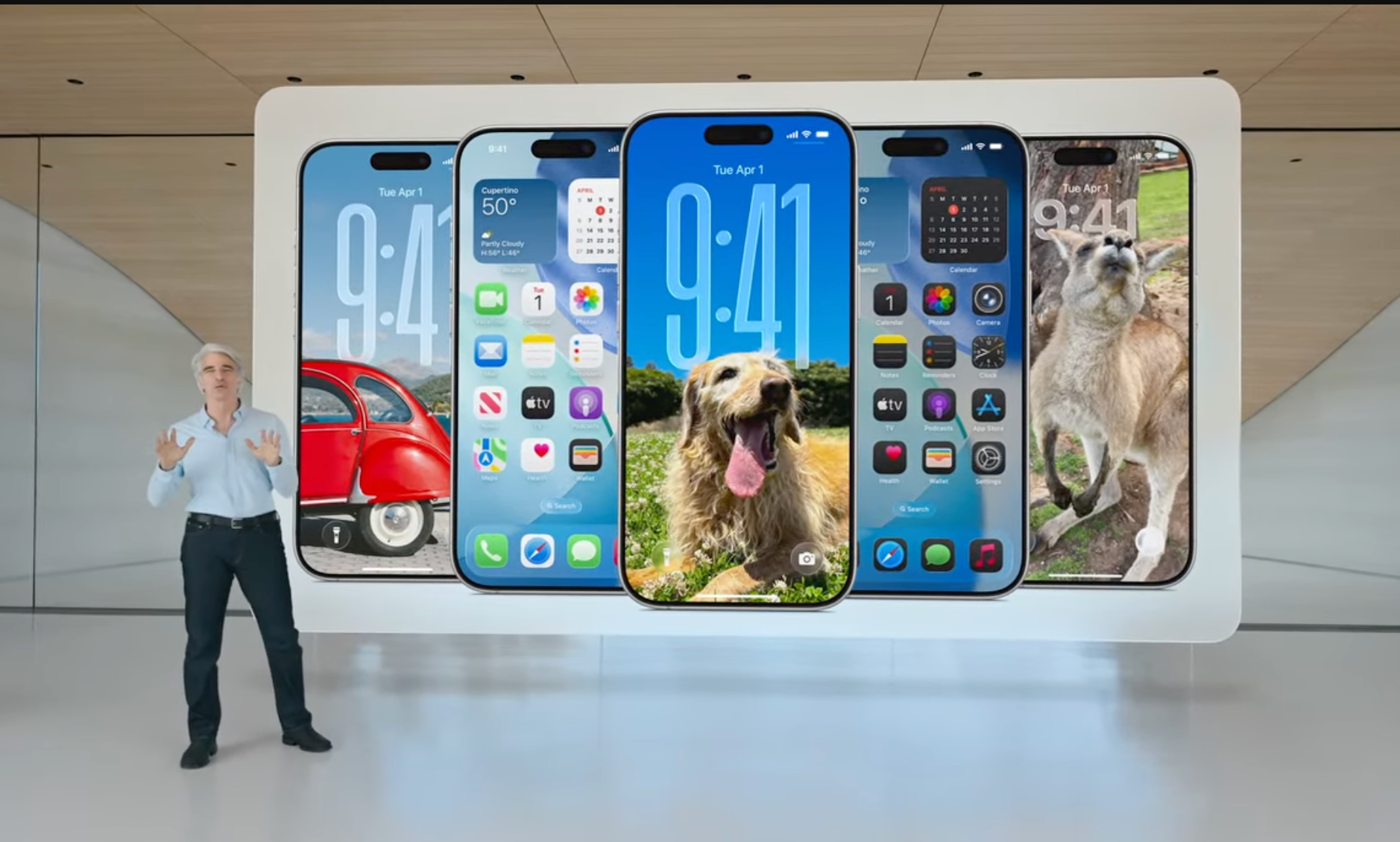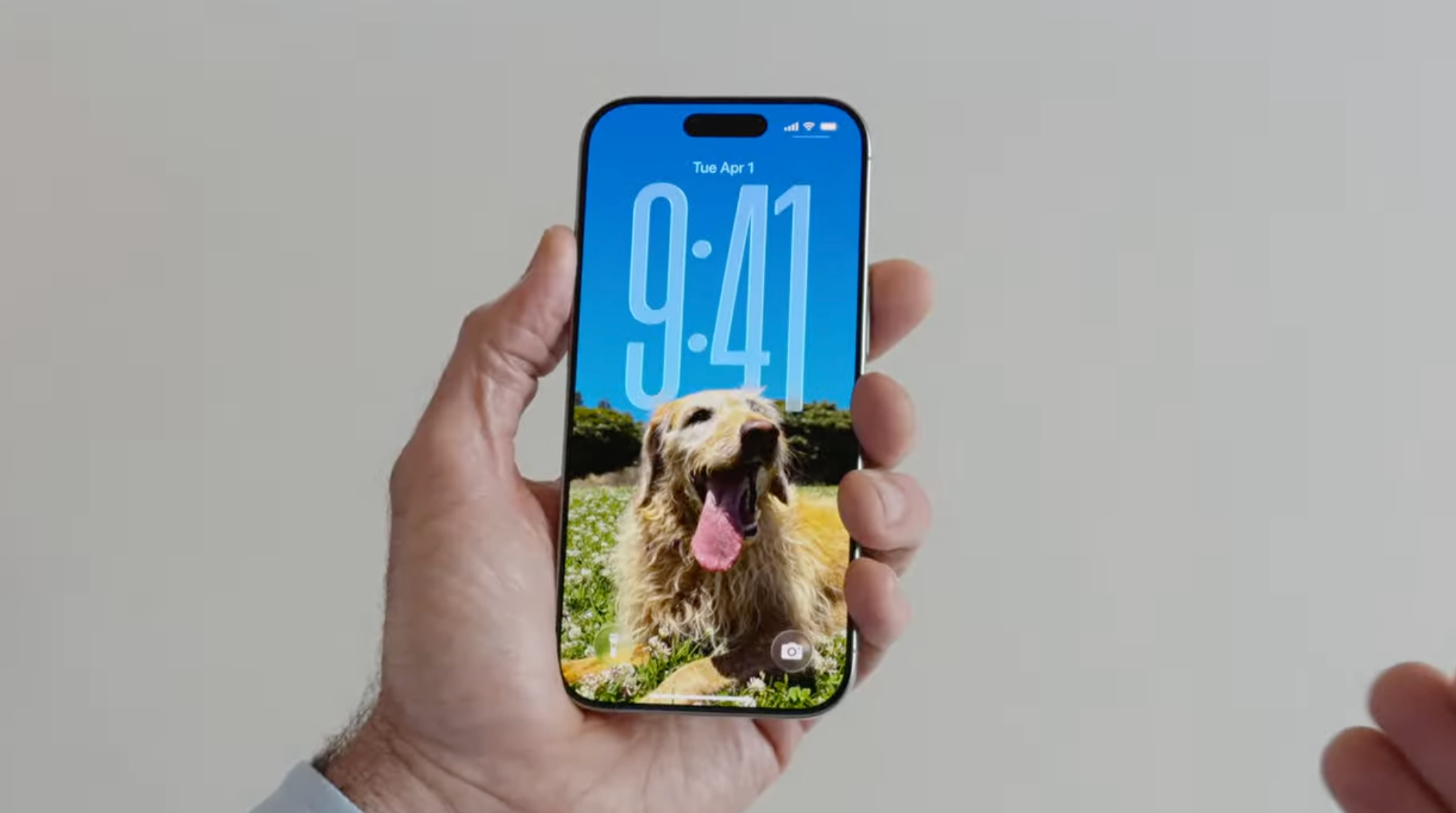Apple has made dramatic changes to the look of the iPhone and the rest of its products in a set of sweeping software updates.
All of Apple products will now use a “Liquid Glass” design in their software that makes menus and other information look transparent and physical, the company said.

Inspired by visionOS on the Vision Pro augmented reality device, the design adapts to light and dark modes and reacts dynamically to movement using real-time rendering.

The new design will be implemented in buttons, sliders, media controls and larger elements such as tab bars and sidebars, along with matching redesigned toolbars and navigation.

Apple is releasing updated Application Programming Interfaces so that developers can begin adapting their apps ahead of the new design rollout later this year.
Along with the new design, all of the operating systems will also be rebranded. They will now be named after the year they are available – so that the iPhone’s upcoming software update will be iOS 26 rather than iOS 19, for instance – in a change that will bring all of the operating systems in line.
That was perhaps the most significant update of Apple’s Worldwide Developers Conference, held at its Apple Park campus this week.
But the same event saw it announce that it would open up the underlying technology it uses for AppleIntelligence and announced an overhaul of its operating systems.
The tone and content of the presentations at its annual Worldwide Developers Conference focused more on incremental developments, including live translations for phone calls, that improve everyday life rather than the sweeping ambitions for AI that Apple's rivals are marketing.
Apple software chief Craig Federighi said the company is opening up the foundational AI model that it uses for some of its own features to third-party developers.
"This work needed more time to reach our high quality bar," Federighi, senior vice president of software engineering, said of the delays of some features such as improvements to the Siri virtual assistant.
In an early demonstration of how partners could improve Apple apps, the company added image generation from OpenAI's ChatGPT to its Image Playground app, saying that user data would not be shared with OpenAI without a user's permission.
Apple is facing an unprecedented set of technical and regulatory challenges as some of its key executives kicked off the company's annual software developer conference on Monday.
Shares of Apple, which were flat before the conference, slipped 1.5 per cent after executives took the stage in Cupertino, California.
In other new features, Apple introduced "Call Screening" where iPhones will automatically answer calls from an unknown number and ask the caller the purpose of their call. Once the caller states their purpose, the iPhone will show a transcription of the reason for the call, and ring for the owner.
Apple also said it will add live translation to phone calls, as well as allow developers to integrate its live translation technology into their apps. Apple said the caller on the other end of the phone call will not need to have an iPhone for the live translation feature to work.
Apple's Visual Intelligence app - which can help users find a pair of shoes similar to ones at which they have pointed an iPhone camera - will be extended to analyzing items on the iPhone's screen and linked together with apps. Apple gave an example of seeing a jacket online and using the feature to find a similar one for sale on an app already installed in the user's iPhone.
Additional reporting by agencies
‘Liquid Glass’ is about to change every Apple product. Here’s what it actually is
Apple has a big warning for people using Macs
Here’s when you can get the free new iPhone update – and what you get
Screen time is creating a vicious cycle for kids. Here is the good and bad
Amazon to spend $20 billion building AI data centers in Pennsylvania
College forces all of its students to become ‘bilingual’ in AI-speak







